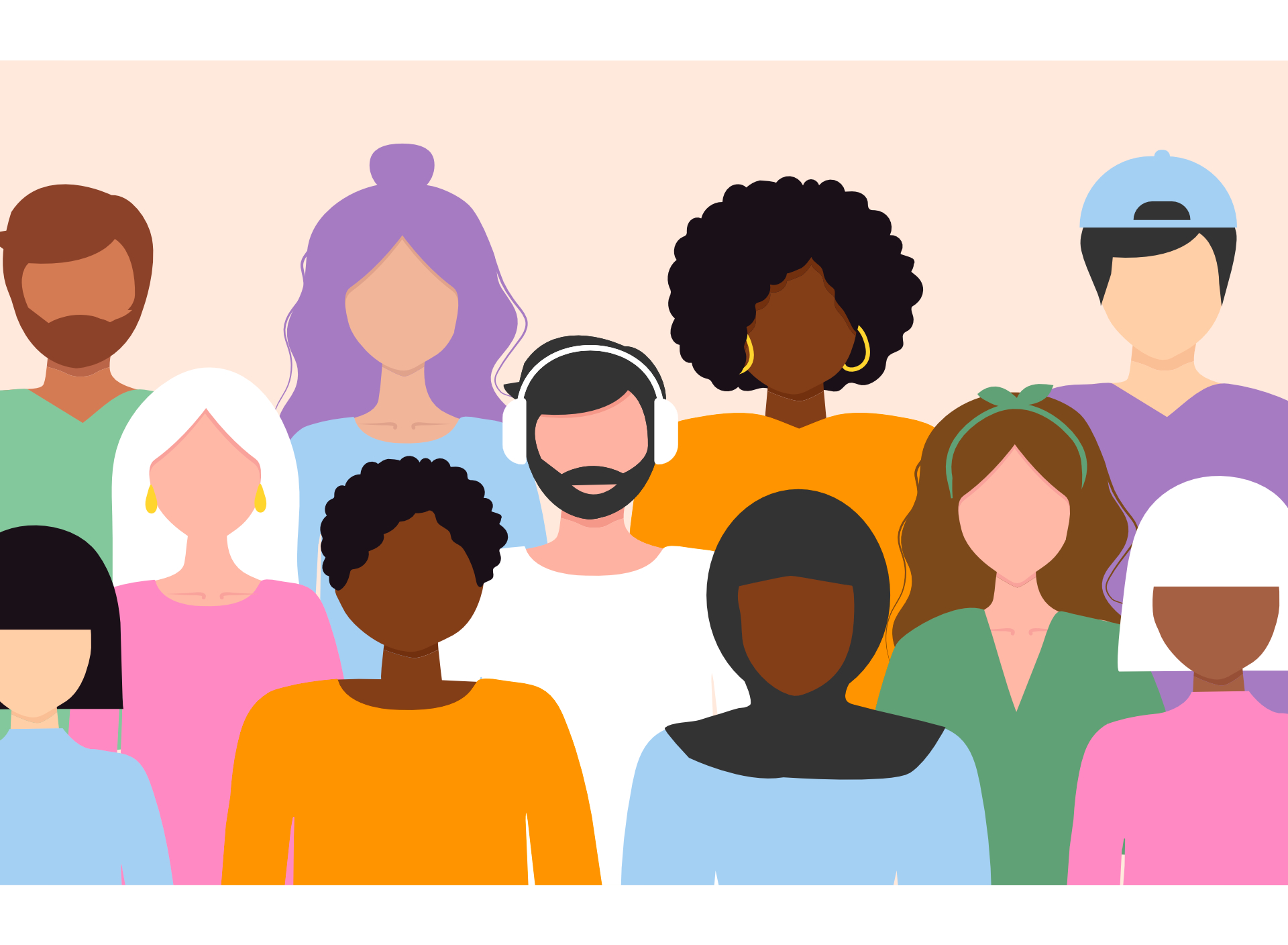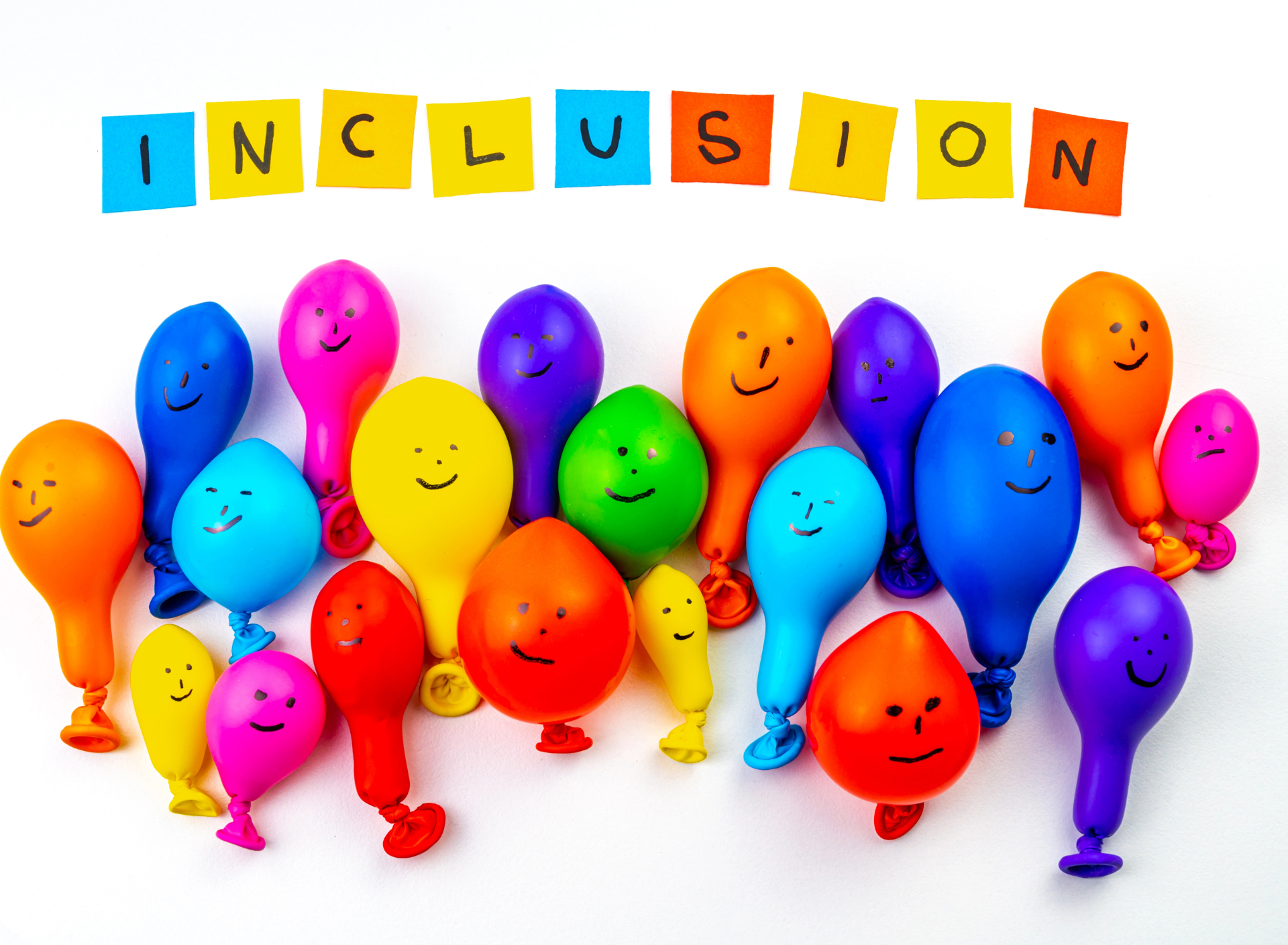Neuroinclusion isn’t a classroom-only concept
We talk a lot about inclusive classrooms. But what happens after the bell rings?
What about shopping trips, birthday parties, doctor’s visits, or even just coming home?
Too often, the thoughtful strategies that support neurodivergent learners inside schools disappear the moment they step outside.
At thrvhub, we believe inclusion doesn’t end at the school gate—it travels with the child. This guide explores how neuroinclusion can and should extend into homes, public spaces, and everyday life.
What is neuroinclusion?
Neuroinclusion means building environments that:
• Respect neurodivergent communication and thinking
• Adapt expectations to the individual
• Provide regulation and sensory support
• Prioritise emotional and physical safety
• View differences as valid—not deficits
This includes support for:
• Autism
• ADHD
• Dyslexia
• Dyspraxia
• Tourette Syndrome
• OCD
• Sensory Processing Disorder
…and more.
You don’t need to be an expert to be inclusive.
You just need to believe every brain belongs.
“If inclusion is only possible in some places, then it isn’t really inclusion at all.”
Add Your Heading Text Here
Even schools doing their best can unintentionally send a message:
“Inclusion ends here.”
Examples:
• Visual aids are available at school—but not at home
• Teachers regulate emotions—but coaches yell
• Calm corners exist in classrooms—but not waiting rooms
• Social stories are used in lessons—but not during outings
The result? Children mask, shut down, or avoid environments that don’t feel safe.
This is avoidable—and fixable.

What inclusion looks like anywhere
Whether in homes, clinics, cafés, or sports fields—neuroinclusion means:
• Clear routines and predictable expectations
• Visual tools like schedules or checklists
• Quiet spaces or permission to step back
• Flexible participation options
• Calm, regulated adults
• Support for different communication styles
• No shaming for doing things differently
Inclusion isn’t about making everyone the same.
It’s about making sure everyone feels safe being themselves.
Inclusion in the community
In shops and cafés
• Display visual menus or quiet symbols
• Allow noise-cancelling headphones
• Train staff in sensory-friendly approaches
In sports and clubs
• Let kids take breaks without penalty
• Offer non-social roles (e.g. scorer, equipment helper)
• Provide walk-throughs before first sessions
With family and friends
• Share your child’s needs with loved ones
• Suggest inclusive practices for gatherings
• Model inclusive language and reactions
In health settings
• Offer visual guides for the visit
• Let patients bring calming tools
• Use plain, non-judgemental communication
Lifelong neuroinclusion
When we model inclusive thinking across all spaces, we raise children who:
• Advocate for their needs
• Feel safe being themselves
• Learn self-regulation
• Know they belong—anywhere
And we raise neurotypical children to become inclusive allies who embrace difference without fear.
A real-life story: Noah at the dentist
Noah, age 10, is autistic and uses visuals to ease anxiety.
School gave him routines. But the dentist caused meltdowns—until his parent brought a thrvhub visual story.
They arrived early. The receptionist offered noise-cancelling headphones. The dentist walked him through each step.
It wasn’t perfect. But Noah stayed calm. He trusted the space.
That’s what inclusion looks like beyond the classroom.
How thrvhub helps
We offer practical, ready-to-use tools to help you create inclusive spaces anywhere:
• Printable social stories for outings
• Emotional regulation visuals for home
• Short courses to guide caregivers and educators
• Inclusion kits for sport, family, and learning
• Downloadable tools made for real life
Our goal:
That inclusion follows the child—not the other way around.
Final words
Inclusion isn’t something we do only in schools.
It’s in the way we speak to kids in public.
The way we explain things in health appointments.
The way we make space for regulation—without judgement.
“If inclusion is only possible in some places, then it isn’t really inclusion at all.”
Let’s change that. Together.



